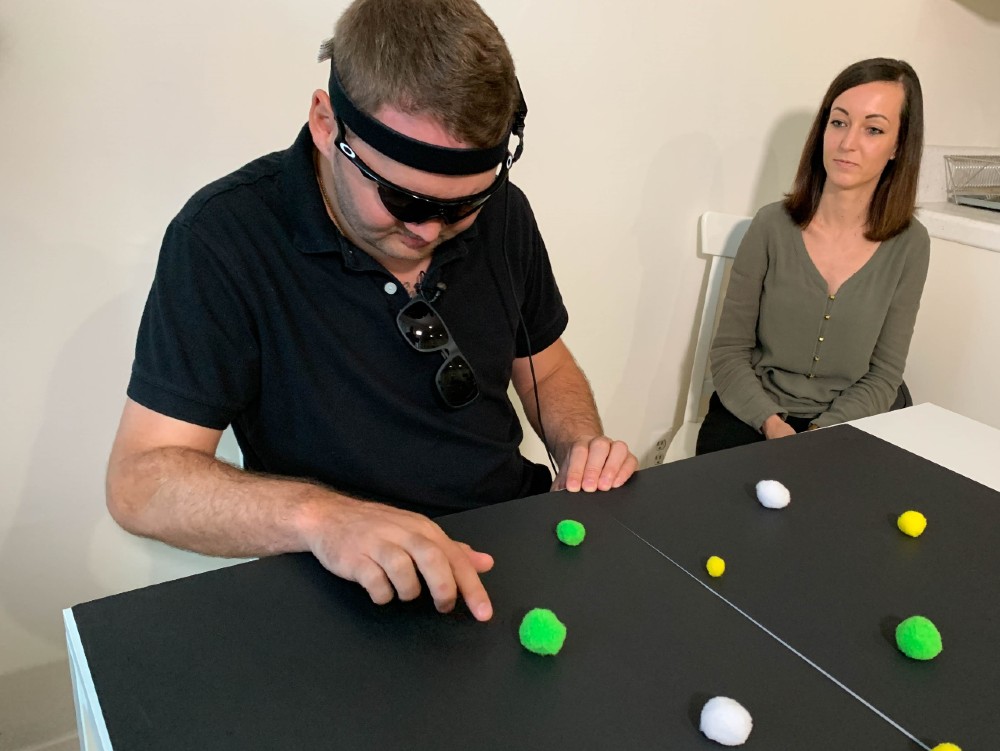Every day this show tries to fill your brain with all kinds of new and interesting stuff, but even we have to take a back seat to this project out of UCLA: a brain implant that can help blind people see.
The implantable, wireless device takes the images captured by a tiny camera and converts them into electrical impulses that stimulate the part of the brain responsible for sight.
A person using the device can detect lightness and darkness, and can also spot motion in front of them.
There are some caveats here. The device works for people who had sight once but lost it, so it’s not for everybody. And it also only stimulates the left side of the brain, so the visual perception only comes from the right side of their field of vision.
But as the users and the researchers say, this device alone opens up a lot of possibilities for blind people, not to mention lots of other potential research down the road.
The most jaw-dropping example came from one of those users, who said it could help his marriage! As he told the university, “Normally when my wife is mad at me, she’ll be quiet, and I’ll be like, ‘Where are you? I want to speak to you. Now I can find her. She can’t hide from me anymore.’”
Wow.
Tomorrow in London, Kentucky, the 30th annual World Chicken Festival gets underway. This is the part of the country where KFC began, so they not only play up the chicken at this festival, they also play up the cooking of the chicken. As in, the World Chicken Festival is home to the World’s Largest Stainless Steel Skillet, which is 700 pounds in all, 8 inches deep and can cook 600 chicken quarters at once. In 300 gallons of oil, of course.
Brain implant restores visual perception to the blind (UCLA)
The origin of the iconic World’s Largest Stainless Steel Skillet (Sentinel-Echo)
Back Cool Weird Awesome for just $1 a month on Patreon!
Photo: Jason Esterhuizen, who lost his vision in a car accident, practices finding objects with his wife, Sumarie. A video camera on his glasses signals an experimental device in his brain, enabling him to distinguish light from dark. Photo via UCLA Health

